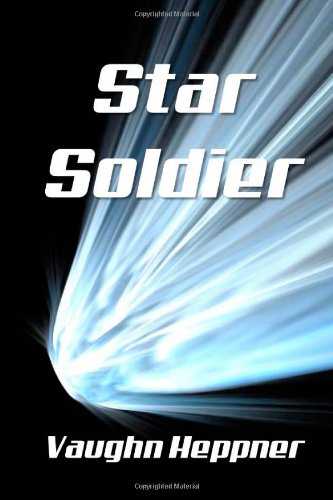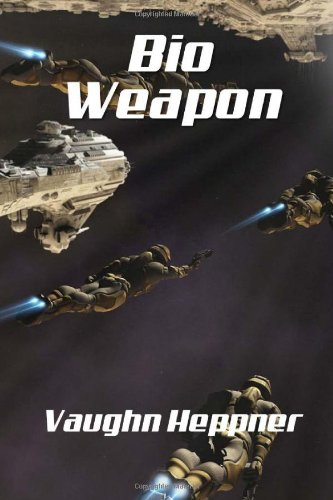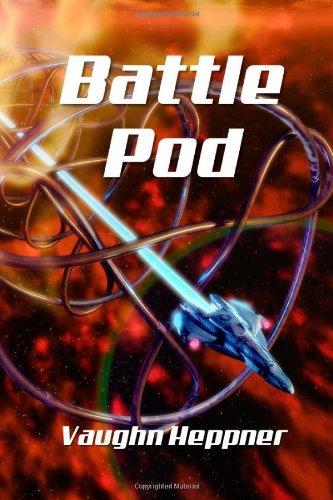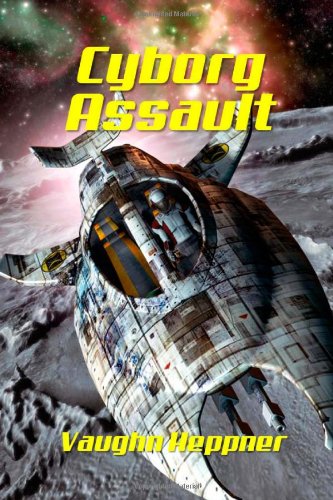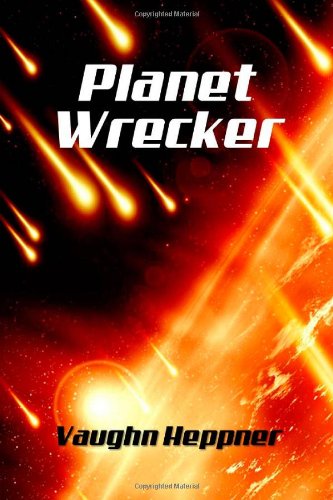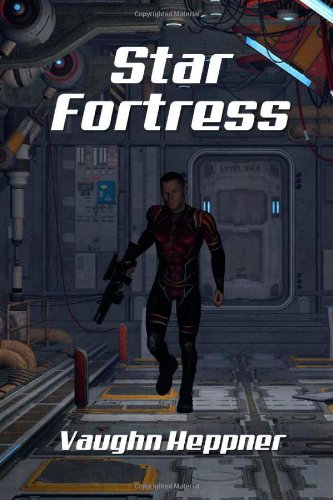I recently signed up for a trial membership of Kindle Unlimited to find new reading material. Like so many others, I discovered their “100,000s” of books were most ones no one had ever heard of. They have a few stand out series, Harry Potter, Hunger Games, and Lord of the Rings, but the vast majority of their unlimited selection is comprised of titles and authors few have heard of.
On a whim I decided to choose a science fiction series titled The Solarian War Saga by Felix R. Savage.
The first book, The Galapagos Incident introduces us to a future where humankind has spread out throughout the Solar System. The main protagonist is Elfrida Goto, a half Japanese woman who is working on the United Nations Venus Remediation Project. This is an effort to make Venus habitable. They acquire asteroids, load them with some kind of organisms that can survive the 600 degree weather, and crash them into Venus. Elfrida uses remote viewing (think Surrogates 2009) to attempt to acquire asteroids and relocate any settlers who may be already there. Things turn dicey when her remote body’s machine intelligence appears to have its own agenda and goes rogue.
The series tries to imagine a future where technology has taken us to the point of remote sensory, bionic implants, and highly advanced artificial intelligence. These intelligences are so advanced that the United Nations (the supreme authority on everything in this future) has placed bans on just how smart machines can be. This was a direct response to some incident on Mars that resulted in all colonies being lost there and the planet going dark.
The writing might lack a little at times, and the science doesn’t hold up to a lot of scrutiny, but I enjoyed the series none the less. After reading the The Galapagos Incident I continued on to The Vesta Conspiracy, The Mercury Rebellion, and finished with the short story prequel Crapkiller (an ill advised title in my mind). People who enjoy a good space opera might enjoy visiting the future of Felix R. Savage for a few books.
The first book is available for free on Amazon, and the series is available via an Amazon Unlimited subscription (or trial).

